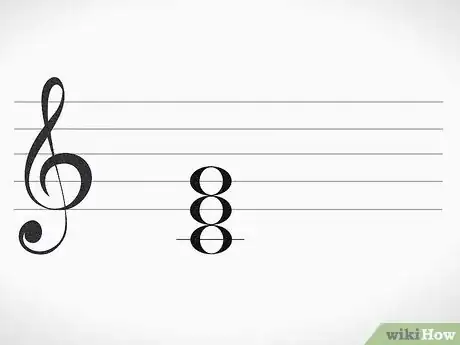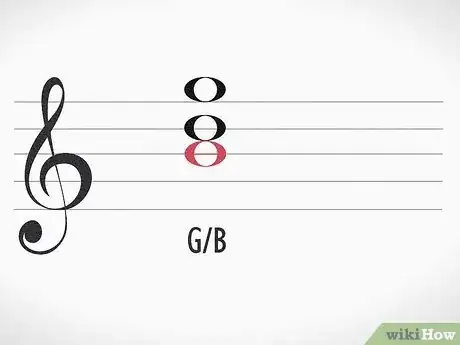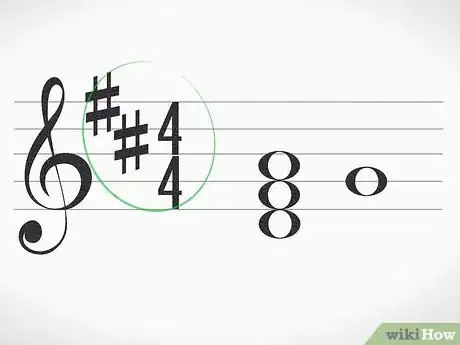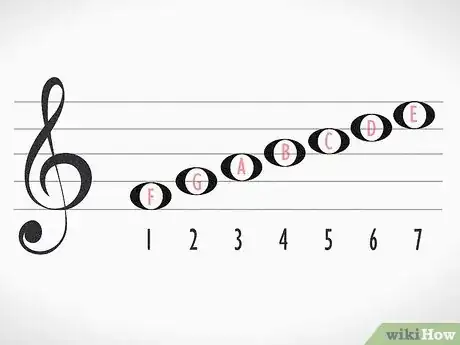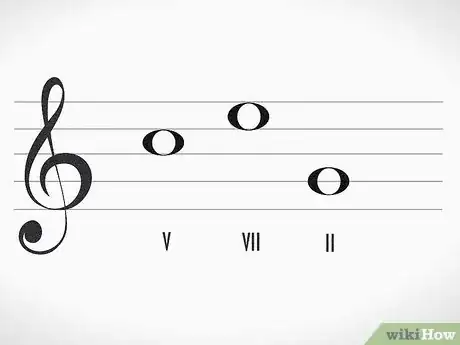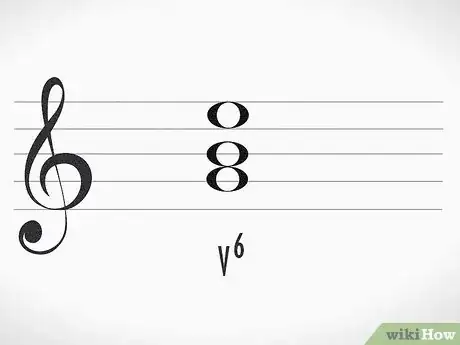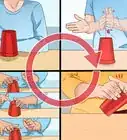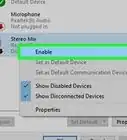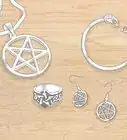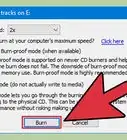This article was co-authored by wikiHow staff writer, Dan Hickey. Dan Hickey is a Writer and Humorist based in Chicago, Illinois. He has published pieces on a variety of online satire sites and has been a member of the wikiHow team since 2022. A former teaching artist at a community music school, Dan enjoys helping people learn new skills they never thought they could master. He graduated with a BM in Clarinet Performance from DePauw University in 2015 and an MM from DePaul University in 2017.
This article has been viewed 2,206 times.
Learn more...
Slash chords are a straightforward way to notate chords and bass notes in jazz or pop music, but how do you translate them into classical Roman numerals? With a little background on chord-building and scale degrees within a key signature, writing slash chords as Roman numerals is a breeze. We’ve put together a step-by-step guide to writing slash chords as Roman numerals, including helpful music theory terminology and shorthand. If you’re ready to write down your musical ideas, keep scrolling!
Things You Should Know
- Use upper case Roman numerals to notate major chords and lower case Roman numerals for minor chords.
- Notate the chord with the Roman numeral that corresponds to the scale degree that the chord is built on.
- Indicate chord inversions with superscript numbers after the Roman numeral.
Steps
Identify the notes and intervals within the chord.
-
Build chords by stacking notes that are a third apart on top of the root. For example, a C7 chord has the notes C, E, G, and B♭—E is a third above C, G is a third above E, and B♭ is a third above G. C is the root of the chord since it’s the note the chord was built on.[1] X Research source
- E is the third of the chord since it’s a third away from the root.
- G is the fifth of the chord since it is a fifth away from the root (two stacked thirds create an interval of a fifth).
- B-flat is the seventh of the chord since it’s a seventh away from the root (three stacked thirds create an interval of a seventh).
- Chords with 3 notes are called triads, and chords with an added seventh are called seventh chords.
Write your chord in slash notation.
-
Write out the chord symbol and the bass note, separated by a slash. The chord symbol is a capital letter that indicates the chord’s root with additional notation to represent its quality. For example, G represents a G major chord (G–B–D), Gmin is a G minor chord (G–B♭–D), and G7 is a G seventh chord (G–B–D–F).[2] X Research source
- The chord symbol alone implies the root of the chord is in the bass (lowest voice). Add a slash to indicate that a different note of the chord is in the bass.
- For example, C7/G represents a C seventh chord (C–E–G–B♭) with a G (the fifth) in the bass instead of C.
- The notation G/B indicates a G major chord (G–B–D) with a B (the third) in the bass instead of G.
- When a chord tone other than the root is in the bass, the chord is in inversion.
Determine what key your music is in.
-
Look at the key signature of your sheet music to find the key. The key signature is a collection of sharp or flat symbols at the very left of the staff. Memorize key signatures to find the key quickly, or use these tricks as a shortcut:[3] X Research source
-
Read major sharp keys: Locate the last sharp (farthest to the right). The note that’s one half-step above the last sharp is the root of the major key (the tonic).
- For example, if the last sharp is G#, then you’re in A major.
-
Read major flat keys: The second flat from the right is the tonic. For example, if the second flat from the right is D♭, then you’re in D♭ major.
- The exception to this rule is F major, which only has one flat in its key signature (B♭).
-
Minor keys: Determine what the major key would be, then find the note that’s a minor third below the major tonic.
- For example, a key signature with 3 sharps could be A major or F# minor.
- If there are no sharps or flats at all, then you’re in C major or A minor.
-
Read major sharp keys: Locate the last sharp (farthest to the right). The note that’s one half-step above the last sharp is the root of the major key (the tonic).
Assign numbers to each scale degree in the key.
-
Each key has a corresponding scale with 7 notes. To find the scale, start on the tonic and call it scale degree 1. Then add successive notes in ascending order, maintaining the sharps or flats from the key signature, until you hit the tonic again. The second note is scale degree 2, and so on.[4] X Research source
- For example, if you’re in the key of F major, your F major scale is F–G–A–B♭–C–D–E before returning to F again. The B is flat (♭) because the F major key signature has a flat on the B line.
Match your slash chord symbol with its scale degree.
-
Locate the root of your slash chord in the major or minor scale. Say you have a C/E chord in F major. The root of the chord is C, even if there’s an E in the bass (indicated by the slash). Locate C in an F major scale—it is the fifth note, so C is scale degree 5 in F major.[5] X Research source
Translate the scale degree number to Roman numerals.
-
Use upper or lower case Roman numerals based on the chord quality. The quality of a chord can be major, minor, diminished, or augmented. Stack thirds on top of C (scale degree 5) in the key of F major to build a chord—you get one that contains C–E–G. This is a major chord, so indicate 5 as “V” (upper case). If the chord had been minor (C–E♭–G), then you would’ve indicated “v” (lower case).[6] X Research source
- In major keys, the pattern of major and minor chords built on scale degrees is always: I–ii–iii–IV–V–vi–vii° (the degree (°) symbol indicates the chord is diminished).
- In minor keys, the pattern of major and minor chords built on scale degrees is always: i–ii°–III–iv–v–VI–VII.
- Augmented chords don’t appear diatonically (within the notes of a key). To indicate an augmented chord, add a plus sign (+) to a capital Roman numeral (for example, V+).
Indicate inversions with superscript numbers.
-
Use superscript to notate if the third, fifth, or seventh is in the bass. Let’s stay with our C/E chord in the key of F major. If the third of a triad is in the bass, add a superscript “6” (V6). This is called first inversion and indicates that the interval from the third up to the root is a sixth (in this case, E up to C).[7] X Research source
- If the fifth of a triad is in the bass (for example, C/G), then add a superscript “6/4” (V64). This is called second inversion and indicates that the interval from the fifth up to the root is a fourth.
- If you have a seventh chord with the seventh in the bass (C7/B♭), then add a superscript “4/2” (V42) or just “2” (V2). This is called third inversion and indicates that the interval from the seventh up to the root is a second.
- Use superscript “6/5” for seventh chords in first inversion, or “4/3” for seventh chords in second inversion.
- If there was no slash (the chord was just C or C7 with a C in the bass), then indicate it as V or V7.
You Might Also Like

 Play Music Through Your Microphone: Share Music With Friends
Play Music Through Your Microphone: Share Music With Friends
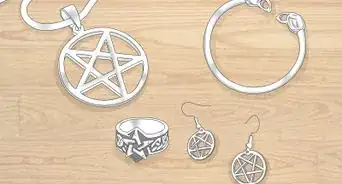
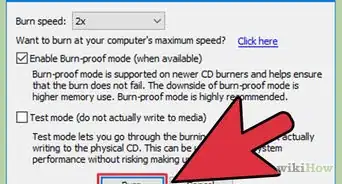

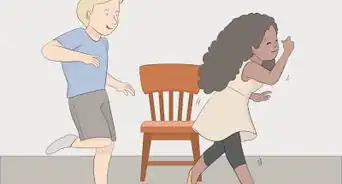

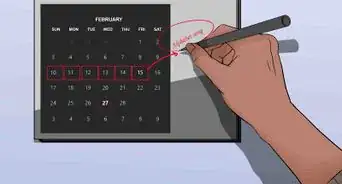
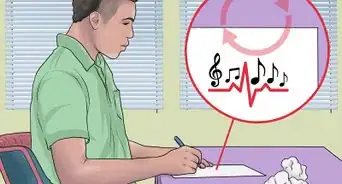

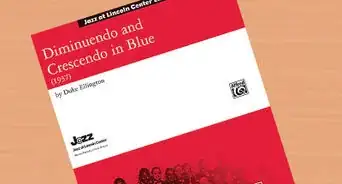
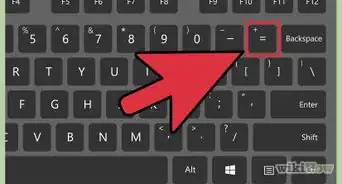
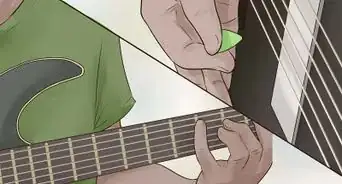
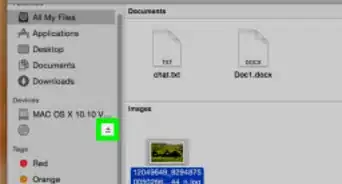 How to Transfer Music to an SD Card: A Guide to Windows and Mac
How to Transfer Music to an SD Card: A Guide to Windows and Mac
References
- ↑ https://www.musictheory.net/lessons/40
- ↑ https://hellomusictheory.com/learn/slash-chords/
- ↑ https://www.musicnotes.com/now/tips/key-signature-hacks-easy-tricks-for-memorizing-major-and-minor-keys/
- ↑ https://www.themusicalear.com/how-to-identify-key-signatures/
- ↑ https://www.musictheory.net/lessons/23
- ↑ https://learnmusictheory.net/PDFs/pdffiles/01-05-02-RomanNumerals.pdf
- ↑ https://learnmusictheory.net/PDFs/pdffiles/01-05-02-RomanNumerals.pdf
About This Article

